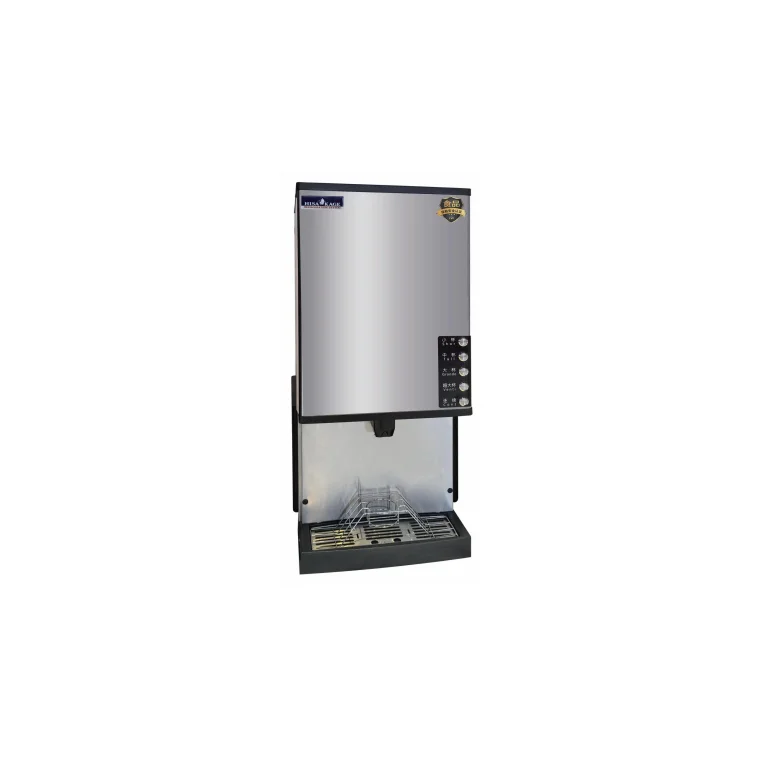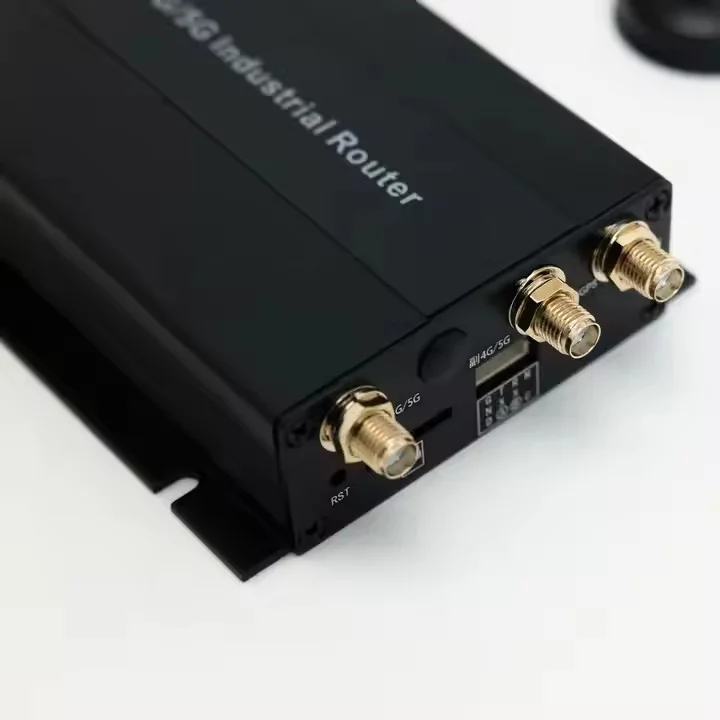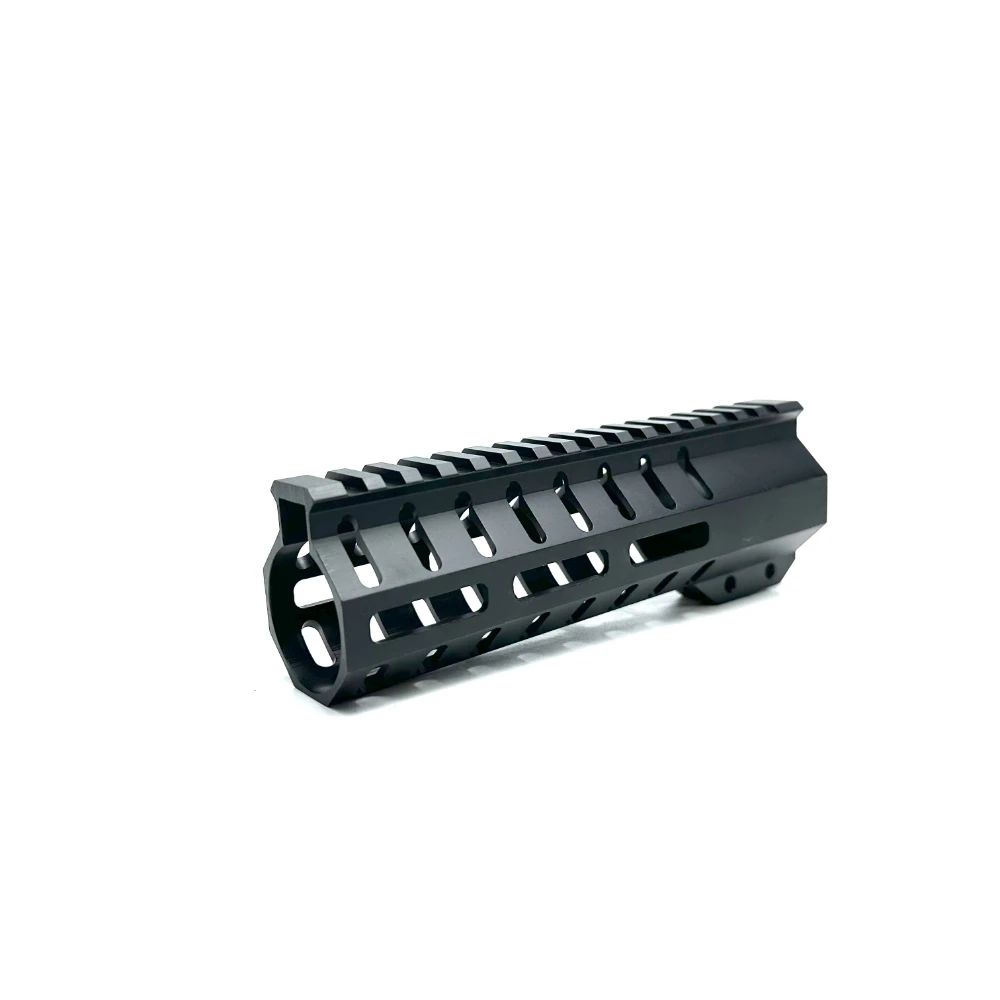In our increasingly dynamic world, the demand for waterproof materials has surged across various industries, from construction and fashion to electronics and outdoor gear. The quest for the strongest waterproof material is not merely a matter of preference; it is essential for ensuring durability, safety, and performance in diverse applications. This article delves into the characteristics, applications, and innovations surrounding the strongest waterproof materials available today.
Understanding Waterproof Materials
Waterproof materials are designed to resist the penetration of water, providing protection against moisture and environmental elements. The effectiveness of a waterproof material is often measured by its water resistance rating, which indicates how well it can withstand water exposure. This rating can be influenced by several factors, including the material's composition, structure, and treatment processes.
Key Characteristics of Strong Waterproof Materials
- Hydrophobic Properties: The strongest waterproof materials exhibit hydrophobic characteristics, meaning they repel water rather than absorb it. This property is often enhanced through chemical treatments or the use of specific coatings.
- Durability: A robust waterproof material must withstand not only water exposure but also physical wear and tear. This includes resistance to punctures, abrasions, and environmental stressors such as UV radiation and temperature fluctuations.
- Breathability: In many applications, particularly in clothing and outdoor gear, breathability is crucial. The ideal waterproof material allows moisture vapor to escape while preventing liquid water from entering, ensuring comfort and preventing condensation.
- Flexibility and Weight: Depending on the application, the flexibility and weight of the material can significantly impact its usability. Lightweight yet strong materials are often preferred in industries like fashion and outdoor equipment.
The Strongest Waterproof Materials
- GORE-TEX®
GORE-TEX® is a well-known waterproof and breathable fabric that has set the standard in outdoor apparel and gear. It features a unique membrane that contains over 1.4 billion microscopic pores per square centimeter, allowing water vapor to escape while blocking liquid water. Its durability and versatility make it a favorite among outdoor enthusiasts and professionals alike.
- Dyneema®
Dyneema®, often referred to as the world's strongest fiber, is a high-performance polyethylene material known for its exceptional strength-to-weight ratio. Dyneema is not only waterproof but also resistant to UV light, chemicals, and abrasion. Its applications range from sailing and outdoor gear to personal protective equipment, making it a top choice for demanding environments.
- Neoprene
Neoprene is a synthetic rubber that is widely used in wetsuits and waterproof clothing. Its closed-cell structure provides excellent insulation and waterproofing properties. Neoprene is also flexible, allowing for ease of movement, making it ideal for water sports and outdoor activities.
- PVC (Polyvinyl Chloride)
PVC is a versatile plastic commonly used in waterproof applications, including roofing membranes, tarps, and rain gear. Its inherent waterproof properties, combined with its durability and resistance to chemicals, make it a popular choice in construction and industrial applications.
- Silicone Coatings
Silicone coatings are increasingly used to enhance the waterproof properties of various materials. These coatings provide a flexible, durable barrier that repels water while allowing the underlying material to breathe. Silicone-treated fabrics are commonly found in outdoor gear and tents.
Innovations in Waterproof Technology
The field of waterproof materials is continually evolving, driven by advancements in technology and material science. Recent innovations include:
- Nano-coatings: These ultra-thin coatings can be applied to various surfaces to create a hydrophobic effect, enhancing water resistance without compromising breathability or flexibility.
- Biodegradable Waterproof Materials: As sustainability becomes a priority, researchers are developing waterproof materials that are both effective and environmentally friendly. These materials aim to reduce plastic waste while maintaining performance.
- Smart Fabrics: The integration of technology into waterproof materials is paving the way for smart fabrics that can respond to environmental changes, providing enhanced protection and comfort.
Conclusion
Determining the strongest waterproof material involves a careful consideration of various factors, including application, performance requirements, and environmental impact. GORE-TEX®, Dyneema®, neoprene, PVC, and silicone coatings represent some of the most effective options available today. As technology continues to advance, the future of waterproof materials promises even greater innovations, ensuring that we remain protected against the elements while embracing sustainability and performance.






